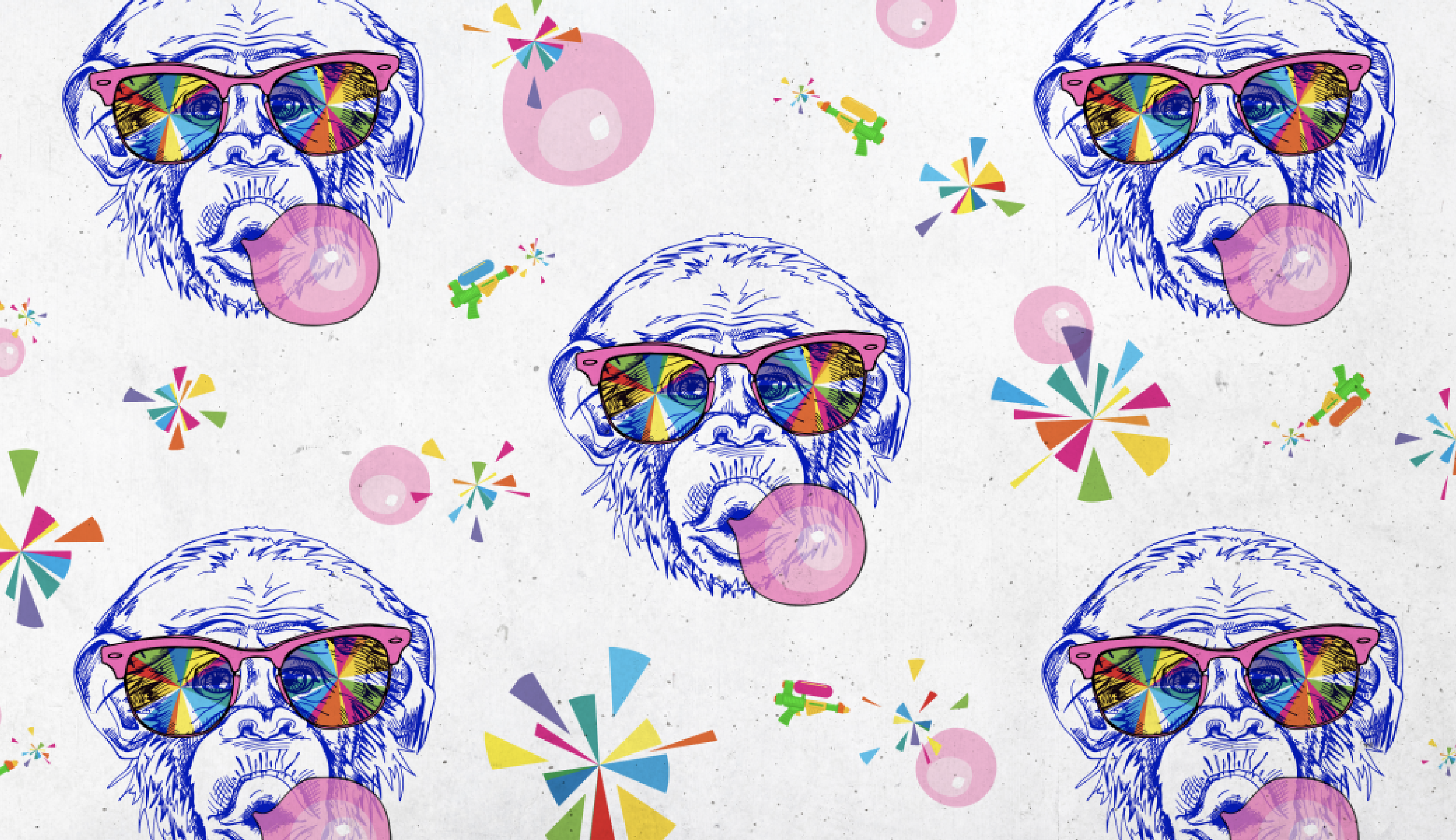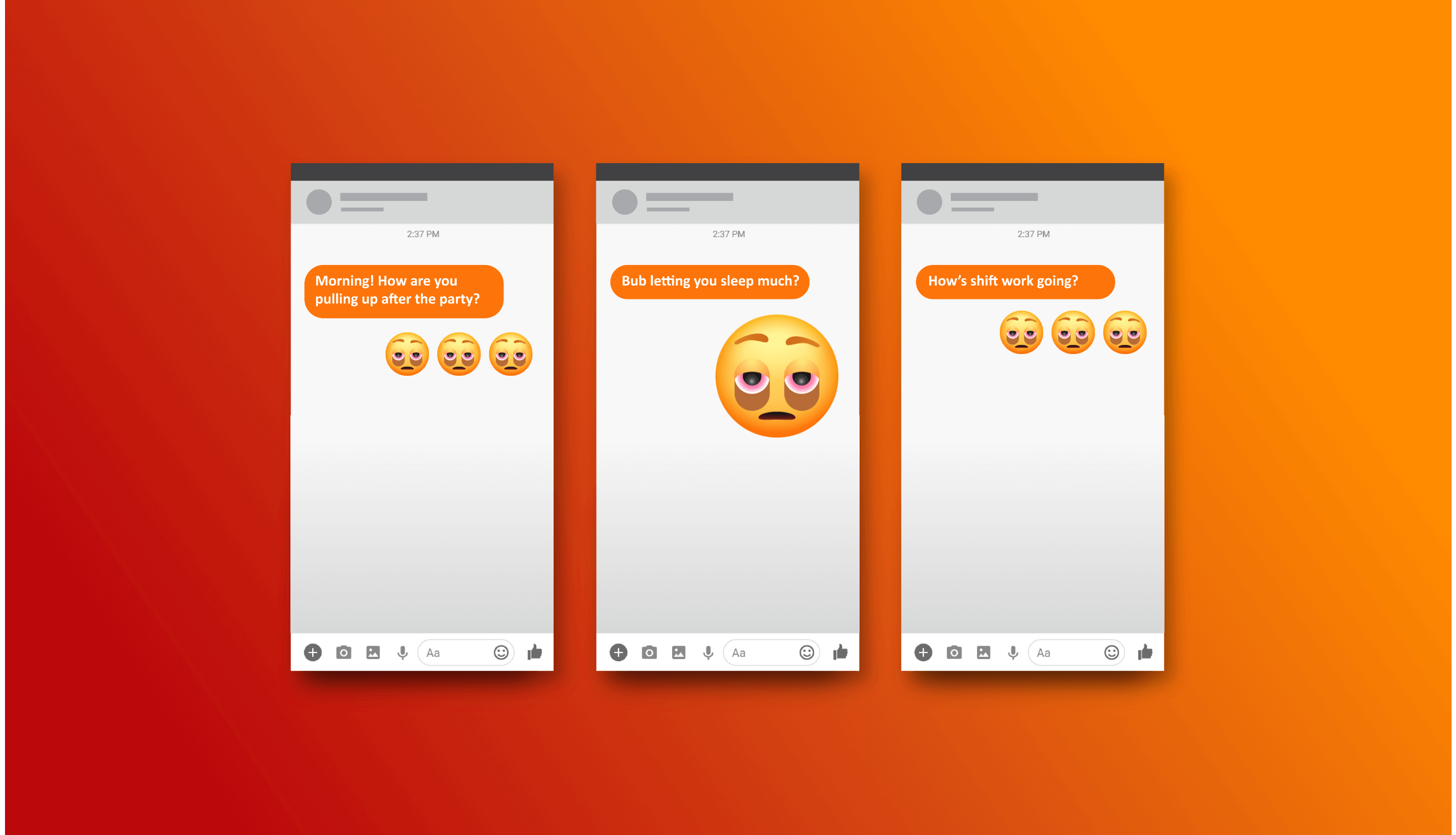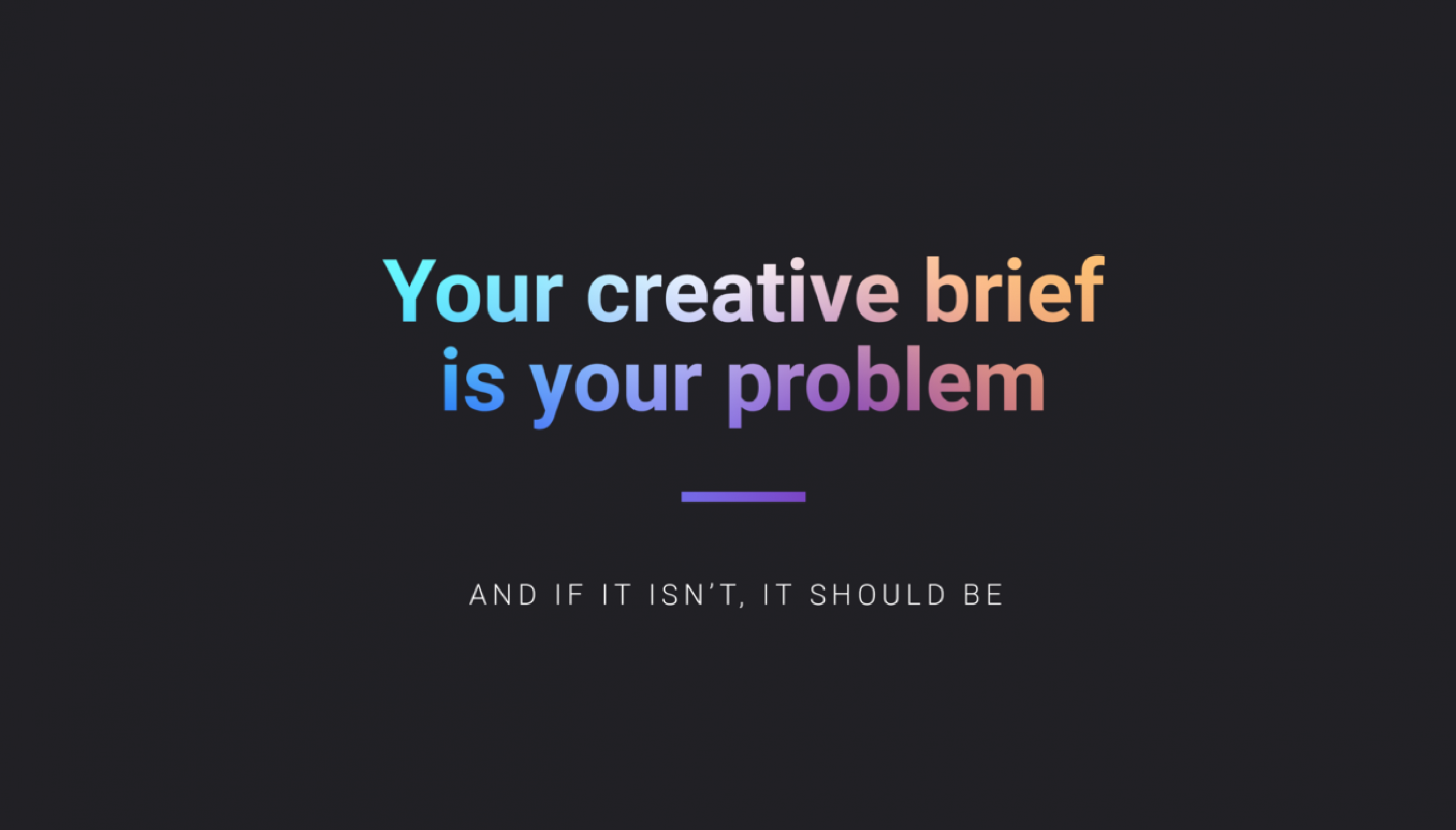
Advertising is primal nonsense
Some might suppose that advertising creatives just sit around all day talking nonsense, blowing bubbles and pew-pewing nerf guns until genius strikes. Sure, we do a little of that. But, what we actually do is MUCH more primitive.
Deeply rooted in animalistic psychology, we strategically influence human behaviour.
To bring this into focus — imagine just one person. Imagine the multitude of genetics, experiences, and knowledge that culminate to form all 100+ billion cells of their complex neurological composition. Then imagine thousands, millions, or even billions of people — each with a mind that is unique.
Now… –––––––––– create an ad that will make all of these people (or even just one difficult Karen) desperately want whatever it is you’re selling.
Go! Go! Go!
< insert vacuous silence here >
A mammoth task, no?
At its roots, creative seeks to navigate our minds en mass; to persuade us to think, feel, or do something excruciatingly specific. From convincing the masses to guzzle obscenely overpriced lattes, to voting for Trump (just, why?), or simply wearing PPE masks outside the house during a pandemic (… just do it, ok?). Advertising creative can be a monolithic force in shaping our decisions, and therefore culture — towards anything and everything imaginable.
But! As the father of modern advertising David Ogilvy famously said, “People don’t think what they feel, don’t say what they think, and don’t do what they say”. Simply put, our own minds are strangers to us. We’re basically monkeys.
So how can advertising creative even begin to persuade just one person, let alone the minds of many, many more across oceans, cultures, and generations, of anything?
It stands to reason that the seemingly obvious and logical ideas may not be as effective as many might believe. Our minds operate counterintuitively. This means that sometimes the right advertising creative might seem like counterintuitive, nonsensical nonsense too.
*The world’s executives and number crunchers shudder in unison.* “You’re pitching me what?!”
So how can we convince these brilliant but pesky nay-sayers?
As in any act of persuasion — creative or otherwise — the audience, our decision-makers, need to be spoken to in their language. For instance, the language of the facts and figures required to make a solid business case. *Where’s the blind trust these days, ammiright? 😉*.
This is where primal, animalistic psychology intersects with wild creativity to break down, quantify and validate the method behind the madness — to get the right creative out of our imaginations and into reality.
So let’s do that.
SCIENCE! 🤓
*Now, full disclaimer. I don’t know science. But this guy does 👉…. * In his NYT best-selling book Sapiens: A Brief History of Humankind, Yuval Noah Harari asserts that since the Cognitive Revolution some 70,000 years ago, humans have been living in a dual reality: the physical, and the imagined. This is the dawn of imagination and human culture; the earliest intersection of creativity and people. Biology uniting and anchoring all of mankind in simple human truths. *Mind blown. Heart racing. I love my job.*
I digress.
These deeply primal, universal human truths shape our decisions irrespective of our experiences or beliefs; motivating us beyond conscious reasoning. They are the collective, imagined realities that form our social constructs. Every facet of politics, inequity, consumerism. Just illusions. Figments of our imaginations. Ideas created and evolved by man. Changeable by man.
And so, with the big bang of imagination came the foundation of effective modern advertising. Primitive, ubiquitous truths grounding effective advertising in science and sociology. Two beautiful words that have our executives and number crunchers breathing a deep sigh of relief… their non-sensical concerns all but obliterated.
Now, they’re into it. Excited even? YES! 🥳
One poignant example of such non-sensical brilliance is Burger King’s Moldy Whopper — a 2020 campaign featuring a 34-day-old, furry green burger. Numerous (yes, numerous) agencies had unsuccessfully pitched the same idea to competing burger brands long before Burger King finally ran with it. It just seemed too risky. No one had the meatballs to do it.
So how could a manky-looking burger possibly boost sales or build brand equity?
The genius is in the campaign’s human insight and the simplicity of its execution. Their tagline ‘the beauty of no artificial preservatives’ taps into not only our primal need to be healthy — to survive — but our desire to thrive. And in doing so Burger King caught the world’s attention. Bolding standing out in its market, bravely breaking from convention. It’s divisiveness fuelling the PR machine and bolstering brand awareness. Within just one month, the campaign attracted over 8.4 billion organic impressions. This. Is. Incredible. INCREDIBLE I tell you.
So how can we find these magical, primal human truths? Well, that’s not so straight forward.
In an attempt to force what is a fluid, somewhat chaotic process into 6 linear steps… here we go.
6 steps:
- Understand how people process information — Psychologist Kahneman’s book Thinking Fast and Slow is a good start. To save your eyeballs drying out, this overview should about cover it.
- Concisely define just one, excruciatingly simple behaviour — Persuasion is an art of seduction that must be done slowly, incrementally over time. The more discreet the desired change is, the more likely you are to attain it.
- Document your ignorance — Before delving into research, our minds are as close as humanly possible to that of our audience. Moment of hard truth —most people aren’t as aware of what you’re selling as you might hope. So take note. Write down those first impressions and assumptions of yours. They might help later.
- Research research research — Be infinitely curious. Seek to truly find and understand the connections between what you’re selling (whether a product, an idea, a service) and the minds you want to interact with it. Analyse your audience, unpack their existing undesired behaviour, find the human tension.
- ‘Model’ the behaviour you want to see — Literally, use behavioural models. The Integrated Behaviour Model, BJ Fogg’s B=MAT, and empathy maps are all helpful tools for understanding and influencing behaviour.
- Brutally distill down your findings —Then distill again… and again. Keep going until what you have is so almost feels neanderthalic.
After all this, we might have but a single, potent, human truth.
That, and a nice big pile of facts and figures for our nay-sayers. 😁
We can now fire-off the confetti cannons, and dramatically reveal our mind-blowingly brilliant, slightly wild campaign visual anchored in primal, animalistic psychology— knowing its genius can be fully understood and appreciated as the only logical answer to the question at hand.
….
Now back to the nerf guns and bubbles.
Pew-pew! Pew! Pfffff POP. Erin out.




